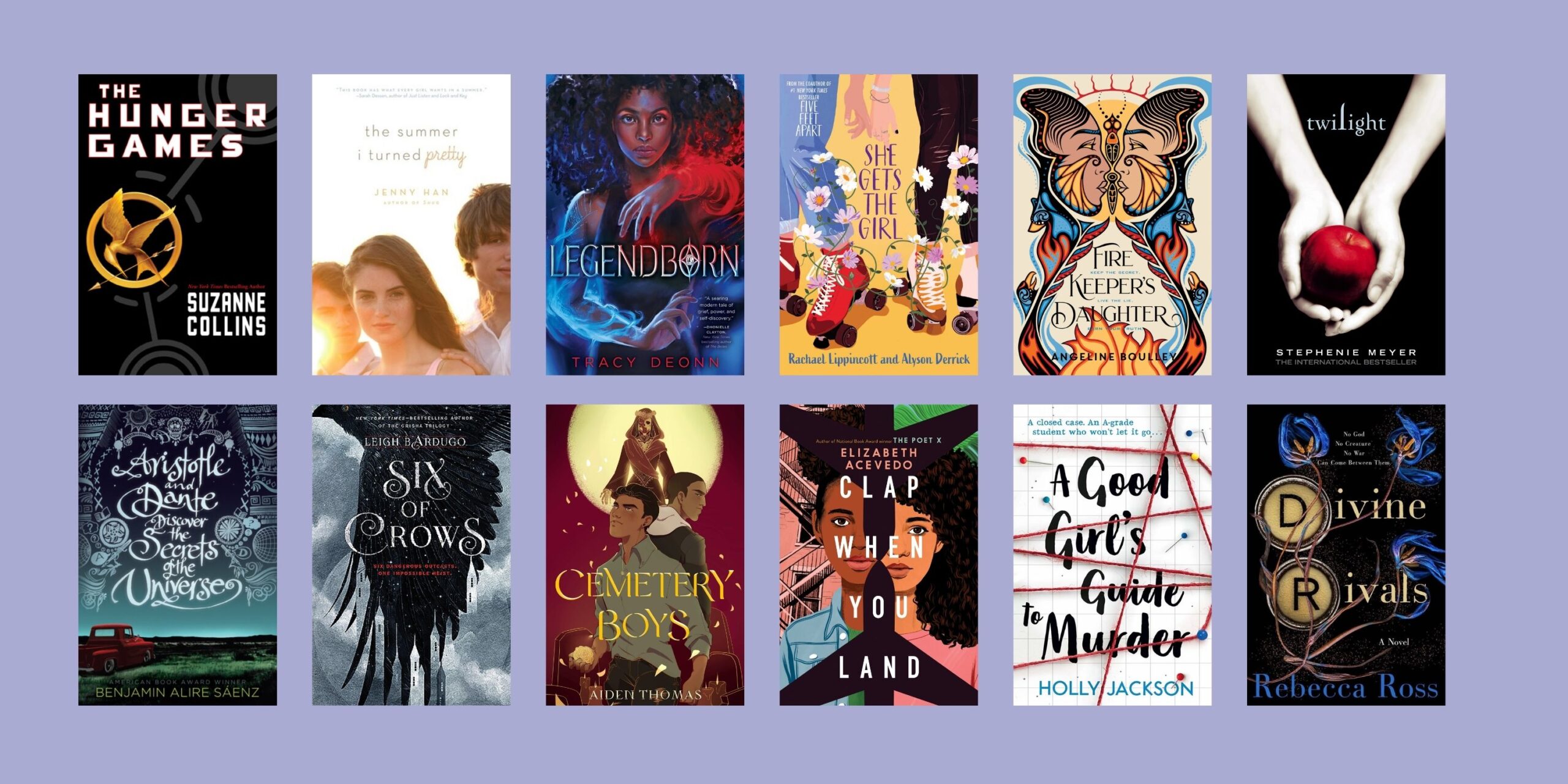Young adult (YA) fiction stands out in the field of publishing as an engaging and relatable genre to its audience. Whether exploring the first few days of high school, dealing with complex family dynamics, or more, YA fiction reflects teenagehood and all that comes with it. Marketed primarily to ages thirteen to eighteen—but beloved by readers of all ages—it features protagonists within that age range experiencing a coming-of-age in one way or another. While often referred to as a genre, YA fiction is a category that caters to a specific demographic, similar to the adult and middle-grade categories. YA fiction is written across many genres, from literary fiction to horror to romance and more, but is often all shelved in the same section—unlike adult fiction, which is shelved by its genre.
Central to most YA stories are teenage protagonists on the cusp of adulthood. These characters embark on journeys of self-discovery, tackle personal challenges, and learn the importance of accountability. One of YA fiction’s biggest draws is its thematic distinction, offering a broad spectrum of engaging and resonating themes, including first love, first heartbreak, navigating the complexities of friendships, personal identity, family dynamics, acceptance, right vs. wrong, and more. These themes are universally relatable to teens and adults alike, though they are explored through the lens of young adulthood. YA can also explore significant social issues, such as mental health struggles, peer pressure, addiction, discrimination, growing concerns about sustainability, generational impact, and technology.
While YA has teenage protagonists, the story might be considered more adult or more on the younger side depending on the tone or voice of the character. YA focuses on the teenage perspective—narrating in the same way a teenager experiences the world and concentrates on how adolescents act, think, and speak. This narrative style replicates the emotional intensity of adolescents and the tumultuous rollercoaster-like experiences in their lives. To implement this narrative style, YA often utilizes a straightforward approach, favoring a first-person point of view or close third person, to pull readers into the mind of the protagonist and place their feelings at the forefront of the story.
YA fiction not only illustrates the struggles and triumphs of its characters but also introduces a variety of literary conventions and narrative devices that enrich the storytelling. Story Grid, an editing method developed by Shawn Coyne, offers a wealth of resources for writing within genres and conventions; what they call the “worldview genre”—which features an internal story focusing on identity, the way one views the world, and consequences—is similar to the conventions commonly found in YA fiction. These include the presence of a mentor figure, the exploration of social issues as subtext, and characters like shapeshifters who embody hypocrisy, enhancing the narrative’s depth and complexity. The structure of YA stories often includes an inciting challenge, a point of no return, and a paradoxical resolution where victories are tinged with loss, reflecting the bittersweet nature of growing up.
Readers of YA expect to find certain moments or scenes in these stories. Some of these include an inciting opportunity or challenge, a moment where the protagonist chooses the “wrong” thing (which often illustrates their naivety at the beginning of their journey), the protagonist ignoring the truth or lesson of a situation, and a pinnacle moment where the protagonist can no longer ignore the truth or deny a change in their worldview.
Throughout the story, the protagonists of YA fiction typically undergo significant personal growth or transformation. By the end of the journey, the protagonist has gained insights and valuable lessons, lost some of their innocence, and learned more about themselves or their passions, which will guide them toward adulthood. Regardless of the trials and challenges faced by the protagonist, these stories tend to end on a more hopeful note, inspiring readers with the potential for personal growth and transformation.
Young adult literature is not just about entertainment. It serves an essential role in the development of its readers. It teaches adolescents about diverse experiences and viewpoints, fostering empathy and understanding. It also encourages young people to think critically about societal issues and introduces the discussion of relevant social topics, equipping them with the knowledge and emotional depth to face the world. And yes, young adult fiction provides entertainment, which is always a good thing, as it aids in literacy. It continues to be a transformative space in young readers’ lives, enlightening them about the world and their place in it.
Written by Noraa Gunn.

